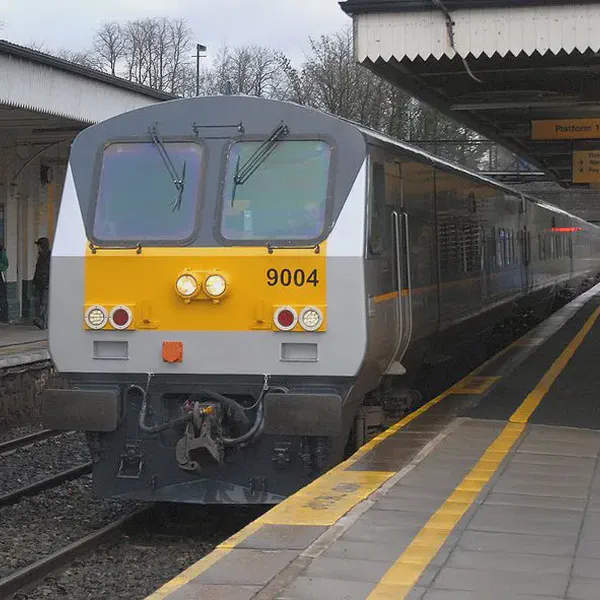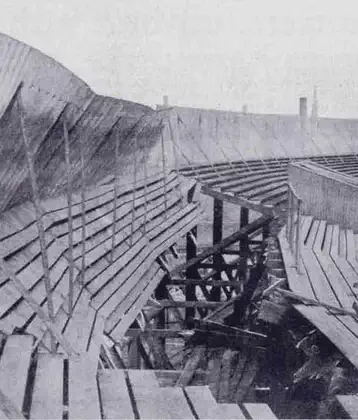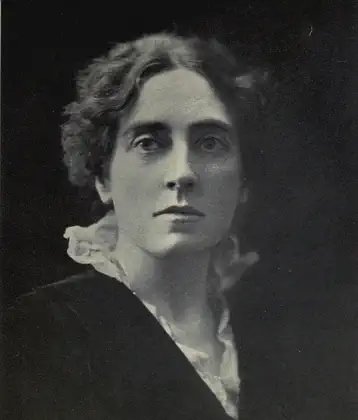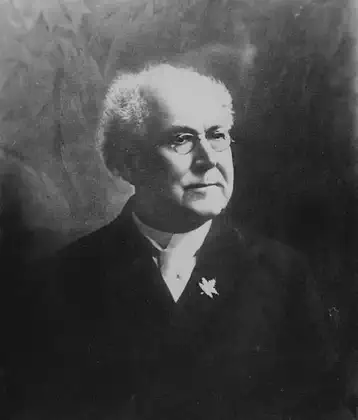On April 05, 1855 in Celtic History
The dublin belfast railway line is completed

The Belfast–Dublin Main Line is a main and busiest railway route on the island of Ireland that connects Dublin Connolly station in the Republic of Ireland and Belfast Lanyon Place station in Northern Ireland. It is the only railway line that crosses the Republic of Ireland–United Kingdom border.
The railway line was built by three separate companies. In 1837 the Ulster Railway began building a railway line between Belfast and Lisburn, which was extended in stages to Portadown in 1842 and as far as Clones by 1863. The Dublin and Drogheda Railway (D&D) built the line between Dublin and Drogheda. The Dublin and Belfast Junction Railway (D&B Jct) linked the Dublin and Drogheda with the Ulster Railway at Portadown. The D&D and the D&B Jct merged in 1875 to form the Northern Railway of Ireland. In 1876 this new company merged with the Ulster Railway and the Irish North Western Railway, forming the Great Northern Railway (Ireland) (GNRI).
The partition of Ireland in 1922 meant that the Irish border passed between Newry and Dundalk, which caused lengthy delays as trains were required to stop at stations on either side of the border for customs examinations. This disruption was eased in 1947 with the opening of facilities for customs checks at Amiens Street station and Great Victoria Street station.
At the same time, the GNRI made its Belfast–Dublin services non-stop with the launch of the Enterprise Express. The GNRI was nationalised by the governments of the Republic of Ireland and Northern Ireland in 1953 as the Great Northern Railway Board, but in 1958 this was split between the Ulster Transport Authority and Córas Iompair Éireann. This led to a running down of rail services in Northern Ireland, leaving only some Belfast commuter lines, the northern route to Derry and the link to Dublin. In 1970 the newly formed NI Railways bought new locomotives and rolling stock for the Belfast–Dublin Enterprise service as well as new diesel multiple units for local services.
More From This Day

Patrick Pearse denies rumors of a possible rising to Irish Volunteer Chief of Staff Eoin MacNeill
April 05, 1916


Spencer Tracy, the son of an Irish father, is born in Milwaukee, Wisconsin
April 05, 1900


Birth at Lesmahagow of composer Alexander Muir, creator of Maple Leaf Forever.
April 05, 1830


Bernardo OHiggins defeats the Spanish at the battle of Maipo River, Chile
April 05, 1818

William Dool Killen, ecclesiastical historian, is born in Ballymena, Co. Antrim
April 05, 1806
